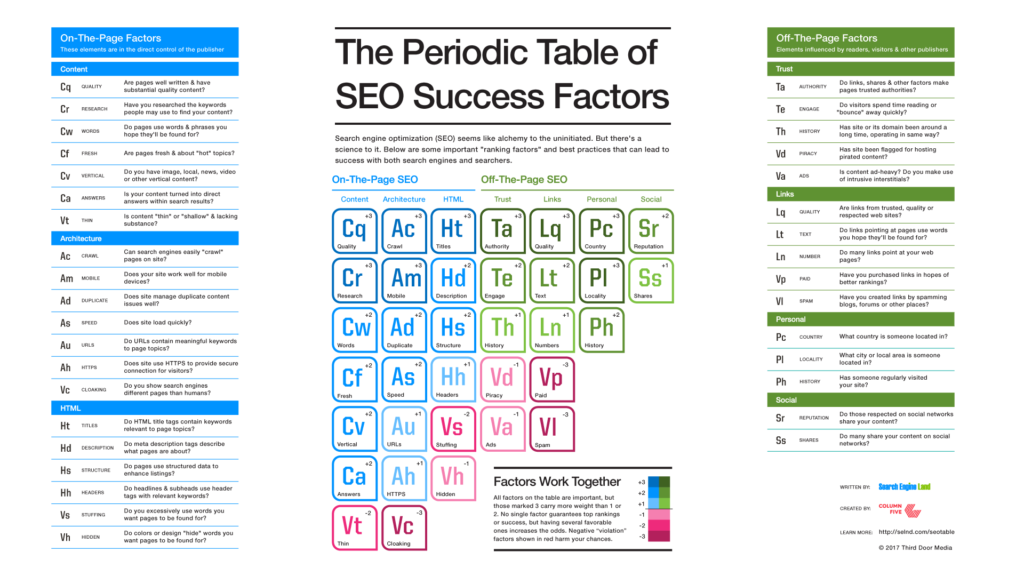Data-backed insights on highlighted bit optimization
Around one-fifth of all keywords activate a featured snippet
99 percent of all included bits tend to appear within the very first natural position and take control of 50% of the screen on mobile phones, driving higher-than-average click-through rates (CTR).
The click here secret to featured snippet optimization lies in a few particular areas: long-tail- and question-like keyword technique, date marked content that comes at the right length and format, and a succinct URL structure.
Google has constantly been quite hazy on any details about winning highlighted bits. This held true when they were initially presented, making them something businesses thought about to be the cherry on top of their SEO efforts, which is still mostly the case. Having first-hand understanding about the worth and power of highlighted bits, Brado coordinated with Semrush to conduct the most detailed research study around featured snippet optimization to discover how they actually work, and what you can do to win them.
Exposing the highlights from a Featured snippets research study that evaluated over a million SERPs with featured bits present, this post unwraps actionable suggestions on amping up your optimization technique to finally win that Google reward.
General patterns across the included snippet landscape.
With billions of search questions run through the Google search box every day, our research study discovered that around 19 percent of keywords set off a highlighted bit. Why does this even matter? Featured bits are known to drive higher CTR-- as another research study uncovered, they are accountable for over 35 percent of all clicks.
More proving the immense power of highlighted snippets, our research study showed that they use up over 50 percent of the SERP's realty on mobile screens.

Integrate this with our findings that 99 percent of the time featured bits take over the first natural position, and that they are in many cases triggered by long-tail keywords (suggesting particular user intent), and you'll get the reason behind incredibly high CTR numbers.
Are some markets most likely to trigger featured snippets?
In the study, we defined industries by keyword classifications, discovering that, undoubtedly, featured bit volume is inconsistent throughout numerous sectors.

The top market, seeing a featured snippet in 62 percent of all cases, is Travel and Computer System & Electronics, followed by Arts & Home entertainment (59 percent), and Science (54 percent), while Real Estate keywords drag all the rest with only 11 percent of keywords triggering a featured bit.
featured snippet optimization insights on keyword classifications that activate.
On a domain level, the industry breakdown differs somewhat, with Health and News sites having comparable featured bit volumes.
You can find the complete industry breakdown within the research study.
Included bits are everything about makes, not wins.
Simply hoping your content will win you an included snippet isn't enough-- as our study showed, it's everything about hard-earned content optimization outcomes.
1. Optimize for long-tail keywords and concerns.
When it pertains to optimization and keywords, utilize 'the more the better' reasoning.
Our study discovered that 55.5 percent of featured snippets were triggered by 10-word keywords, while single-word ones just appeared 4.3 percent of the time.
Something even much better than long-tails is questions. 29 percent of keywords activating a featured bit begin with concern words-- "why" (78 percent), "can" (72 percent), "do" (67 percent), and in the least cases, "where" (19 percent).
included snippet optimization insights on question keywords that set off.

2. Utilize the right content length and format.
The SERPs we analyzed included four types of highlighted snippet: paragraphs, lists, tables, and videos:.
70 percent of the outcomes revealed paragraphs, with an average of 42 words and 249 characters.
Lists came in as the second-most-frequent featured snippet (19 percent), with an average of 6 product counts and 44 words.
Tables (6 percent) normally included 5 rows and two columns.
Videos, whose average period stood at 6:39 mins, showed up in only 4.6 percent of all cases.
Obviously, do not blindly follow this data as the principle, rather see it as a great beginning point for featured-snippet-minded content optimization.
Plus, keep in mind that content quality constantly prevails over amount, so if you have a high-performing piece that features a 10-row table, Google will merely cut it down, showing the blue "More rows" link, which can even improve your CTR.
3. Do not overcomplicate your URL structure.
As it ends up, URL length matters in Google's option of a site that should have a highlighted snippet. Attempt to adhere to cool website architecture, with 1-3 subfolders per URL, and you'll be more likely to win.
Just for referral, here is an example of a URL with three subfolders:.
xyz.com/subfolder1/subfolder2/subfolder3.
4. Make frequent content updates.
In the "to add or not to include a post date" problem, based upon our included bit analysis, we 'd suggest that you release date-marked material.
The majority of Google's highlighted snippets consist of a post date, with the following breakdown: 47 percent of list-type featured bits originate from date-marked content, paragraphs-- 44 percent, videos-- 20 percent, and tables-- 19 percent of the time.
While fresh-out-of-the-oven content can be favored by Google, 70 percent of all content making it into the included snippet was anywhere from two to three years old (2018, 2019, 2020), implying as soon as again that content quality matters more than recency, so you should not worry that putting a date on it will work versus you.